Slab City
![]()
Slab City, California
Experimental
Private Property
Squatter Settlement
1948 - Present

Slab City, California
Experimental
Private Property
Squatter Settlement
1948 - Present
1 Slabs 2 Church 3 Cinema 4 Slab City Skate Park 5 Beer Garden
![2022 Slab City. Plan: Drawn from Google Maps + Map of Camp Dunlap, Marine Corps Artillery Range, Showing Conditions on June 30, 1944. Public Works]()
Slab City, California is 640 square acres of homestead land that nobody wanted. Wealthy retirees, aged hippies, army veterans, migrant farm workers, Christian fundamentalists, burners, and drop-outs park their mobile homes on concrete slabs (1), all that remains of the US Marine Corp’s Camp Dunlap. General Patton drilled there; the Enola Gay practiced there before becoming the first aircraft to drop an atomic bomb on Hiroshima. Officially, Slab City doesn’t exist. Like its residents, known as Slabbers, it has fallen through the cracks. There is no water, no mail, no electricity, no garbage collection, no municipal services of any kind. There are also effectively no laws, no taxes, and no foreclosures. Residents call it “the last free place.”
Jefferson spliced this legal loophole right into the DNA of the 1785 Land Ordinance, the biggest grid in the world. Slab City is sited on section 36, the township parcel designated for public education. Surveyed but never settled, Slab City is one square mile of desert intended for a school that was never built, owned by a state that can’t manage it, and patrolled by a sheriff’s department that is understaffed and has better things to do. Federal, state, and local authorities all turn a blind eye to one of the longest lived squats in American history.
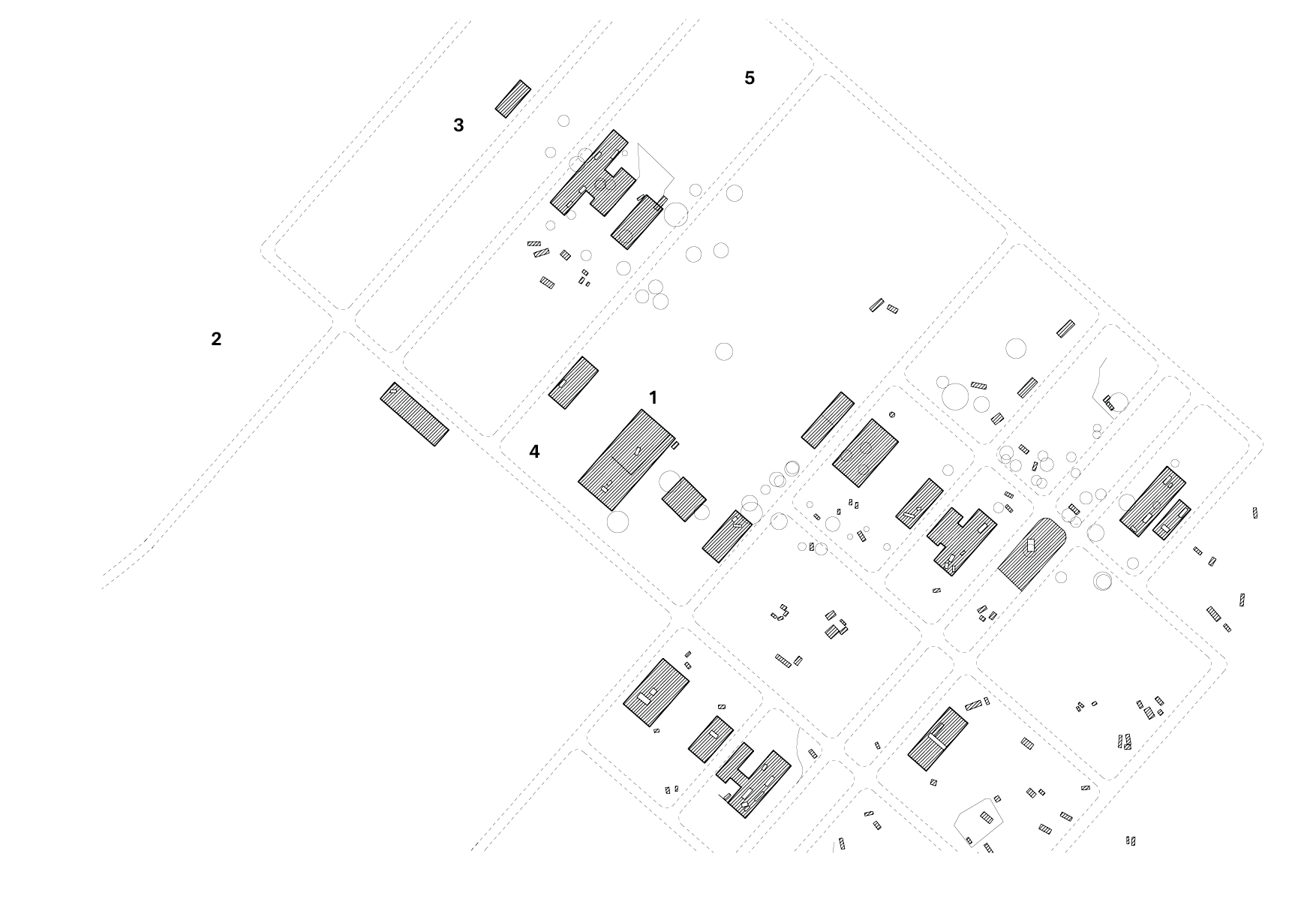
Slab City, California is 640 square acres of homestead land that nobody wanted. Wealthy retirees, aged hippies, army veterans, migrant farm workers, Christian fundamentalists, burners, and drop-outs park their mobile homes on concrete slabs (1), all that remains of the US Marine Corp’s Camp Dunlap. General Patton drilled there; the Enola Gay practiced there before becoming the first aircraft to drop an atomic bomb on Hiroshima. Officially, Slab City doesn’t exist. Like its residents, known as Slabbers, it has fallen through the cracks. There is no water, no mail, no electricity, no garbage collection, no municipal services of any kind. There are also effectively no laws, no taxes, and no foreclosures. Residents call it “the last free place.”
Jefferson spliced this legal loophole right into the DNA of the 1785 Land Ordinance, the biggest grid in the world. Slab City is sited on section 36, the township parcel designated for public education. Surveyed but never settled, Slab City is one square mile of desert intended for a school that was never built, owned by a state that can’t manage it, and patrolled by a sheriff’s department that is understaffed and has better things to do. Federal, state, and local authorities all turn a blind eye to one of the longest lived squats in American history.
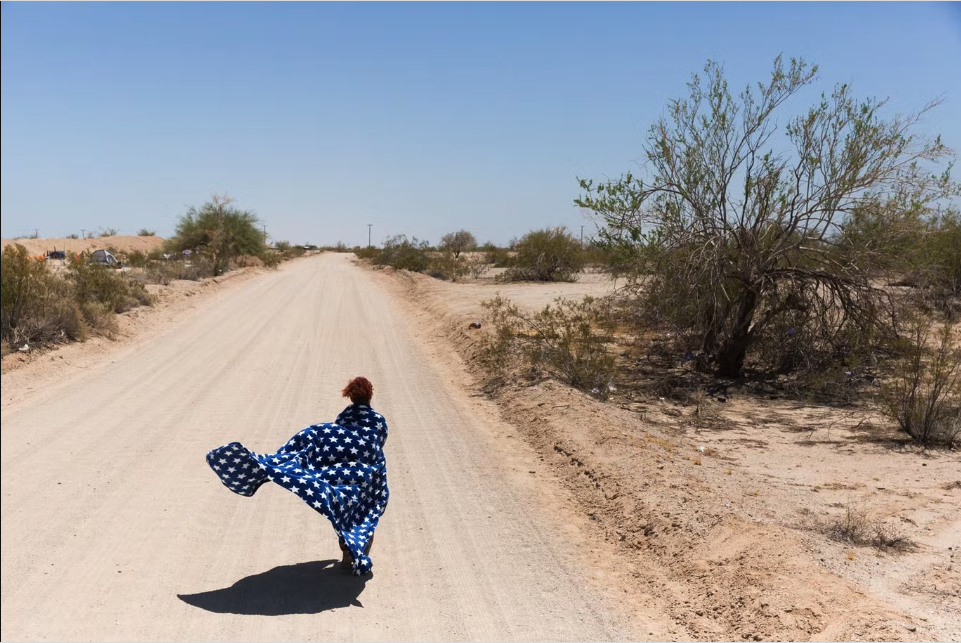

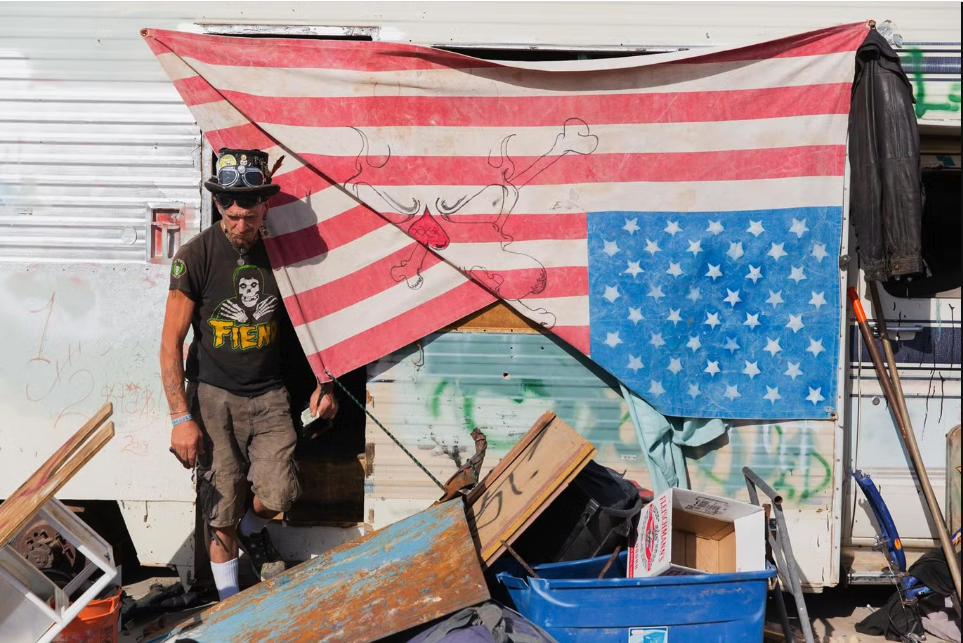




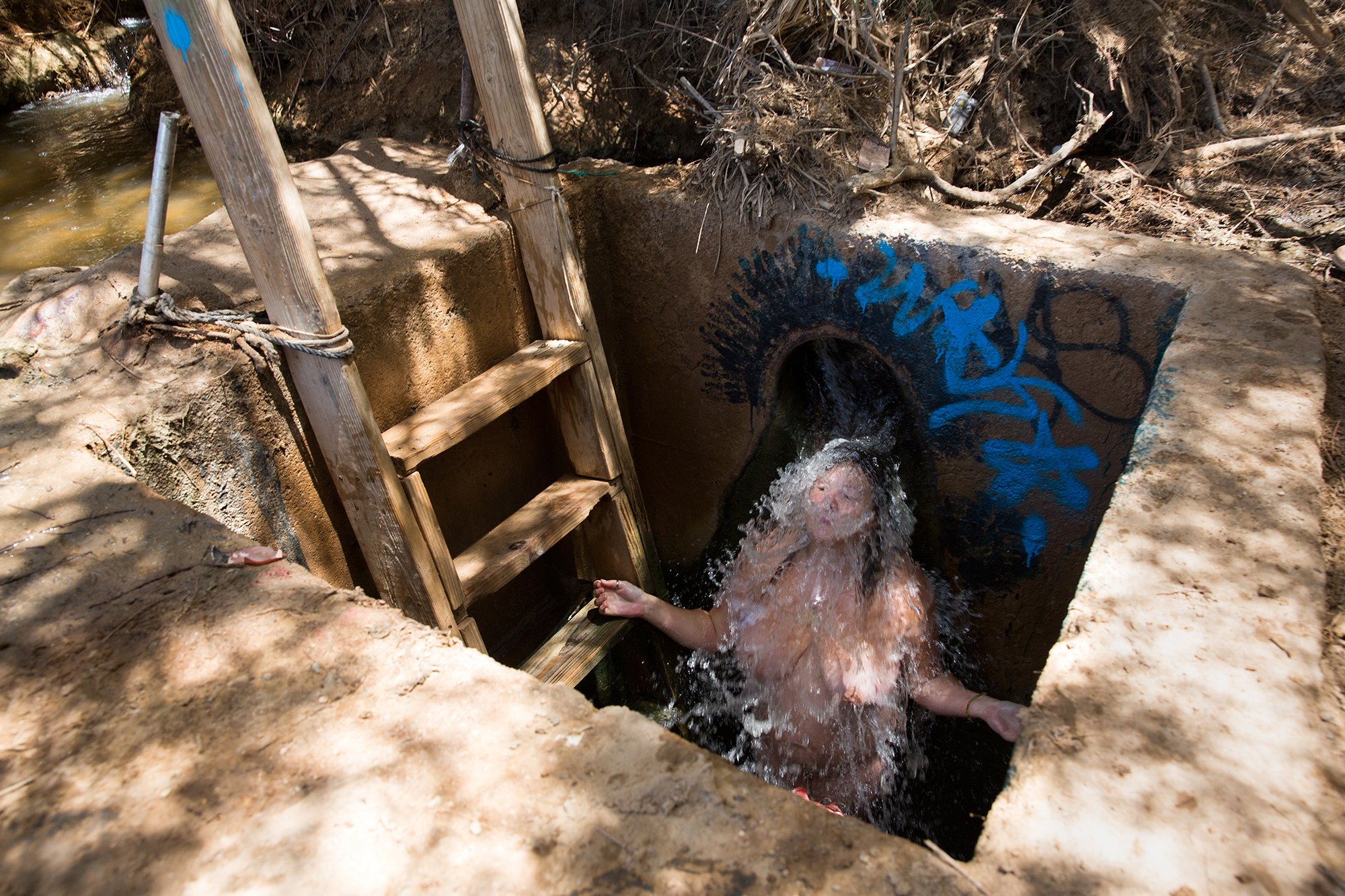
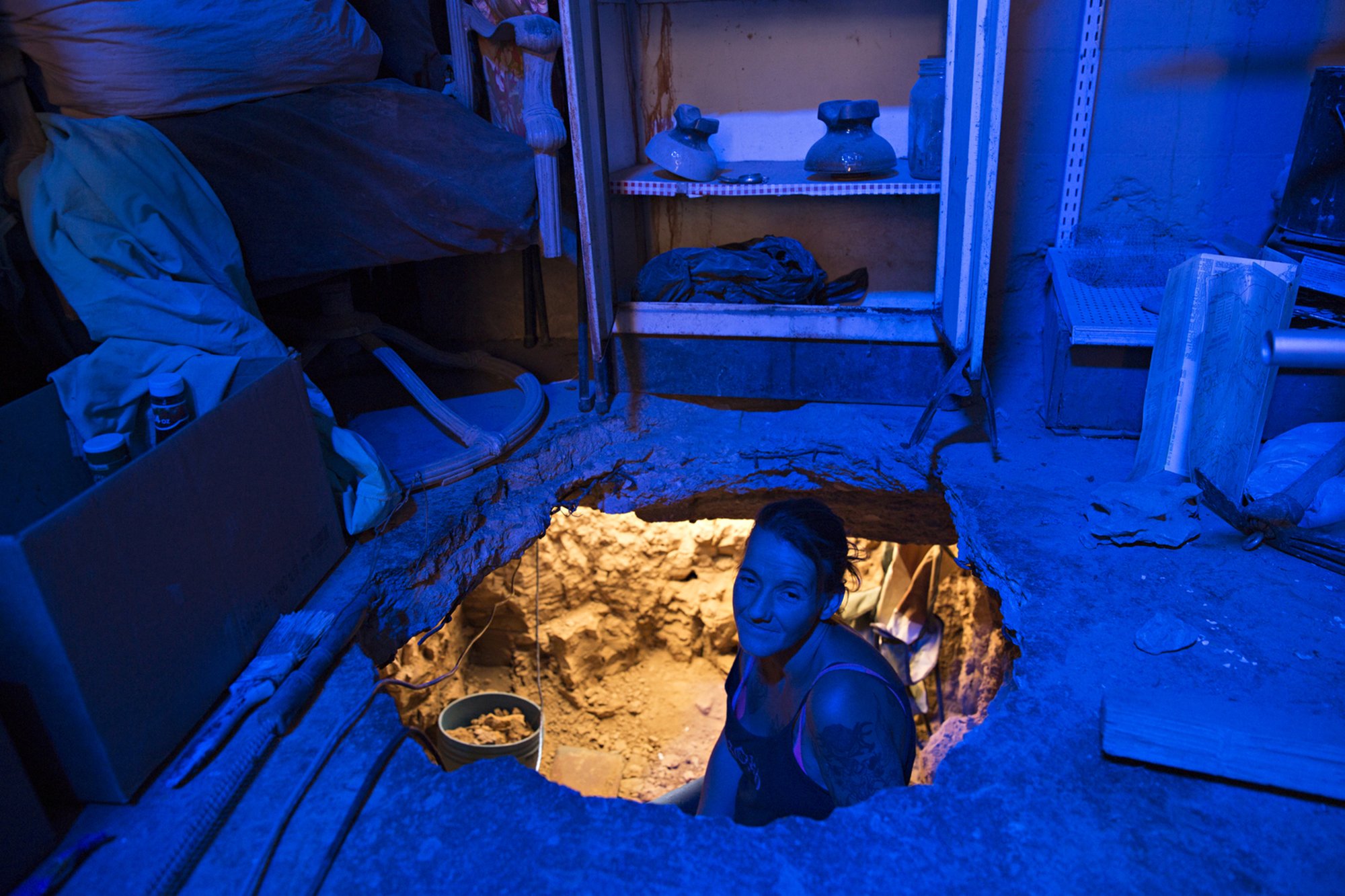



Nam semper semper ex
In porttitor pellentesque sapien